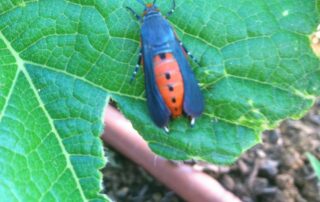Orange Zest Cestrum
How many plants do you know of that can take Central Texas heat, flower from spring to frost, be reliably DEER RESISTANT, and give fragrance in the evening? Welcome to Orange Zest Cestrum! This Zone 8 plant is a result of a cross between the greenish-white flowered Night-blooming Cestrum (Cestrum nocturnum) and the white flowered Day-blooming cestrum (Cestrum diurnum). Both are native to the Caribbean. AKA Orange Peel Cestrum, this plant can be evergreen in mild winters, deciduous in moderate winters, and a root-hardy perennial shrub in cold winters. Orange [...]












